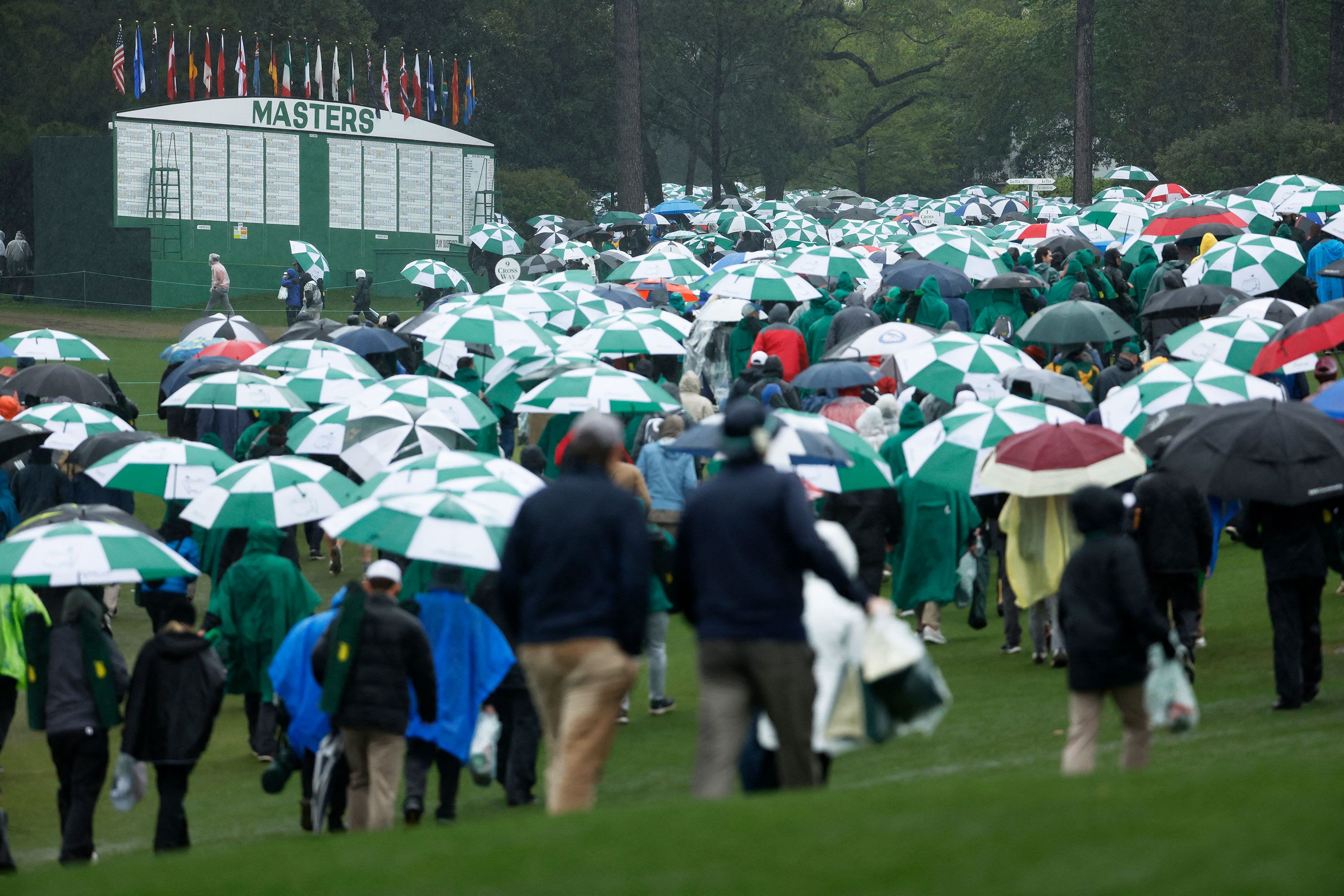Golf Courses
Chambers Bay: Host of 2015 U.S. Open Offers Ocean Views and Lots of Sand

You often hear television commentators on PGA Tour broadcasts say that the pros prefer hitting out of sand as opposed to long, tangled rough. If in fact that is the case, that’s going to be a good thing when the best players in the world tee it up at Chambers Bay in 2015 for the U.S. Open.
You see, as idyllic of a spot that the Robert Trent Jones II course sits in, alongside Puget Sound on the Pacific Ocean, things can be rather demanding once you set foot on this links-style track — especially considering it’s home to over 90 acres of sand.
Here in the beautiful Pacific Northwest, just south of Seattle in University Place, there is sand everywhere, including massive bunker compounds that make for a long day of blasting out of trouble if you’re even just a little off-line with your shots.
As a links course, Chambers doesn’t present a lot of doglegs or trick-shot holes, or even trees for that matter. But then again, it doesn’t have to trick itself up to play tough.

The course sits on what was once a sand and gravel pit among other things. Now though, a sand wedge is a more applicable tool than a Caterpillar tractor and a gimme is a rarity on racetrack speed greens.
With ocean breezes knocking shots helter-skelter this 7,100-yard track can be a trek that tires one out from simply playing out of trouble. And, with word that Chambers Bay can be stretched out to an unbelievable 8,000 yards, the pros are going to have to be on their game from the get-go or they’ll be going home from the major championship weekend early.
Considering the USGA had the course set at over 7,700 yards for the U.S. Amateur in 2010, it is likely it could be, and will be, stretched out even farther for the game’s big boys. Add to the distance the fact the course is at sea level, which local knowledge says adds anywhere from five to 10 per cent more distance on each shot, and this is going to be a long daily journey toward a major championship.

Because of the way this public golf course plays, balls that don’t find the tall, willowy waving fescue grasses that line the fairways, or the huge bunkers strewn almost randomly about it seems, shots will roll and roll and roll. Drives of well over 325 yards and more will be commonplace so distance isn’t necessarily the guardian angel of this track.
Rather, its safeguard comes from the huge, undulating greens and the speed at which the ball rolls, sometimes almost haphazardly on its journey to the hole. And taming those monster greens, many of which sit well above the fairway, are only part of the battle here.
An interesting detail the pros will face is the fact there seems to be little to no change in grass color from fairway to fringe to green because here at Chambers Bay, green is green. What the field will see is called “a transparent transition,” as the fairways, putting surface aprons, and the greens all meld together into one shade making depth perception a tricky thing in places.
Chambers Bay does have holes that are going to give but at the same time it has holes that will take. After all, that’s the nature of the game.
One of the most interesting holes out here could well be the ninth, known as Olympus, a downhill par 3 of 227 yards off the present day back tees. The thing is, the green hangs out over a set bunkers set well below the green and if a shot doesn’t carry the low lying land between tee and green, a tough up-and-down could result.
At the same time there are holes where the PGA guys will light up the board because this track isn’t all about difficulty all the time.
One of the best scoring holes on the course may well be No. 12, The Narrows, a 281-yard par 4 from present back blocks. The hole is driveable but you need to navigate a narrow opening into the green so while eagles may be the order of the day, every day, those are dependent on the wind, hole positioning on a massive green with huge slopes and how players choose to attack the hole.

While there isn’t a lot of elevation changes on the course, there are some and they can make the short game a challenge all unto itself at this track. Shots that look great to begin with but bite too much and spin back may well end up right back where they started from, or even behind that.
It’s not like Chambers Bay has an identity crisis going on these days, but way back when, it wasn’t sure what it wanted to be. Among many designations layout has been a rock quarry, a railroad centre (in fact the tracks still run alongside the ocean waters to the immediate west of the course), a paper mill, an industrial centre and a few other things.
The thing is, the challenges were seen early on as the PGA Tour named it host of the 2015 U.S. Open way back in 1997, before its doors even opened to the public.
During course construction, Jones II and his team took what was left over from business ventures in this area previously and worked it over to turn the area into a wonderful challenge. The existing sand mounds were crafted to create drop-offs and rises within the confines of the course so while the elevation changes aren’t dramatic, they are there and will come into play making this major championship a demanding test that is going to require patience and strategy as much as good shot-making.
The U.S. Open Championship takes place at Chambers Bay from June 18 to 21, 2015.
-
Equipment5 days ago
Bryson DeChambeau is Using Custom 3D Printed Irons at The Masters
-

 News1 week ago
News1 week agoMalbon Has Jason Day Looking DAPPER for The Masters
-

 Fantasy Golf Predictions3 days ago
Fantasy Golf Predictions3 days agoFantasy Golf Picks, Odds, and Predictions – 2024 RBC Heritage
-

 News1 week ago
News1 week agoDark Skies Ahead: Masters Forecast to Favor Bad Weather Golfers
-
News6 days ago
U.S. Open Champ Takes a Dig at DeChambeau, but Is It Warranted?
-

 News1 week ago
News1 week agoLANDSLIDE: Brandel Chamblee Predicts a Runaway Victory for Past Masters Champ
-
News5 days ago
WATCH: Frustrated Ryder Cup Caption has Choice Words for Masters Patrons
-

 Apparel1 week ago
Apparel1 week agoViktor Hovland Joins Team Puma














As a 28 handicapper I am already terrified of this course.
Good review. One quick note, per Mike Davis, the course will play roughly ~7500 yards to a par of 70 for the Open. The 1st (par 4) and 18th (par 5) can and likely will swap pars with adjusted tee boxes. In fact, there is a new tee box behind the practice greens at the caddyshack that can stretch the 1st hole an extra 100 yards. 15th has a new tee box and will play up to 265 yards(!) at least one day and number 9 can be played out to 250 or so as well.